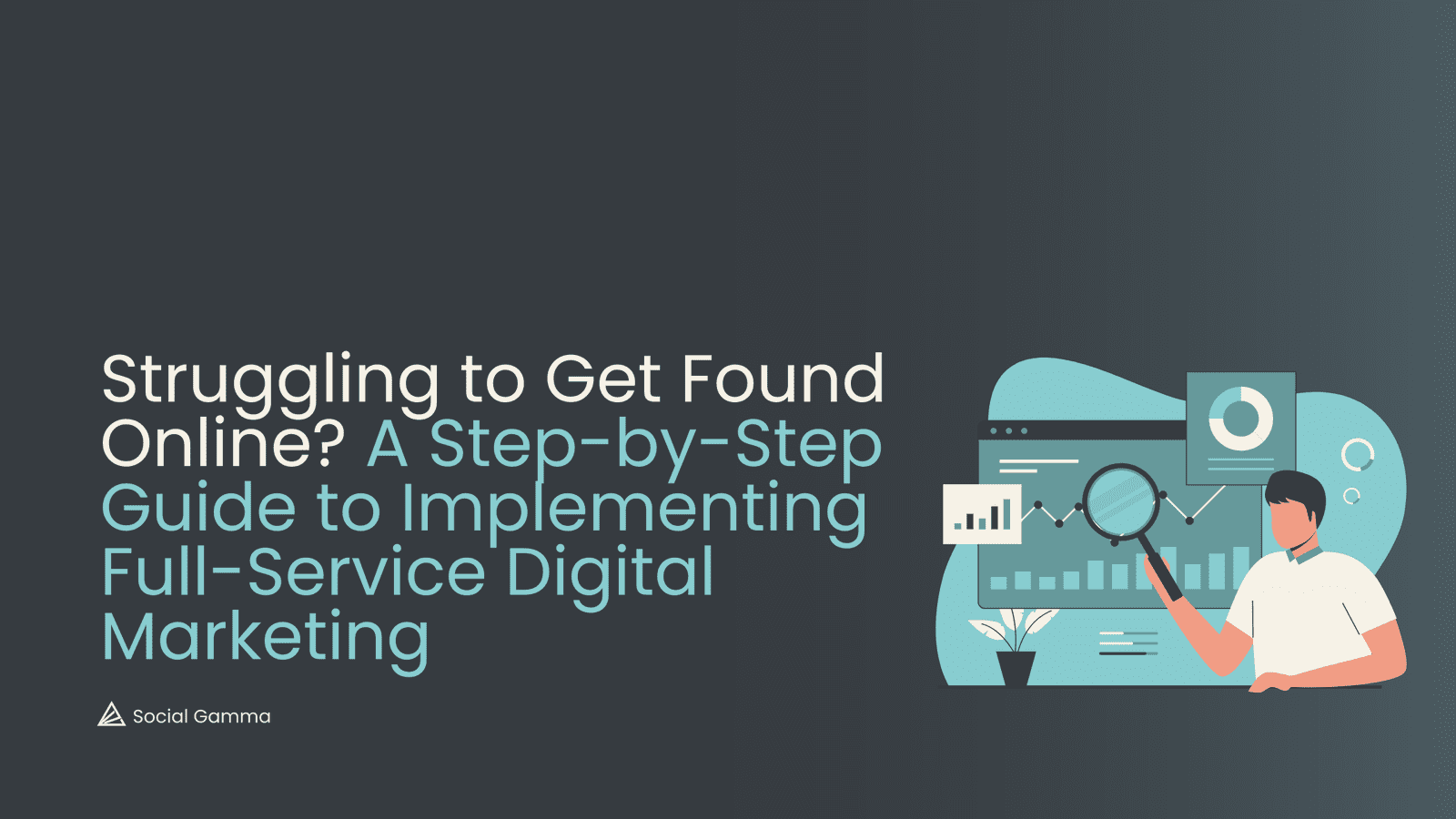Optimising your website is essential when there is so much online competition chasing a finite amount of user attention. That’s why optimising your website to make it the most competitive it can be is critical, to enhance your positioning in search engine results. An easy way to improve positioning is by being aware of search engine optimization (SEO) developments and tools which help you improve your SEO.
Contents
What is website optimisation?
Optimisation of a website is enhancing the component parts of site, improving its attractiveness to potential visitors. This is to gain and keep their attention, giving them an interface which is interesting to users. This then can transfer them from being interested users and converting them into becoming a customer, or a lead for future potential business.
The effectiveness of optimisation is that when done properly, it can increase website traffic and conversions for your business. There are a variety of ways of optimising a website, by enhancing user experience (UX), SEO, as well as engaging in conversion rate optimisation (CRO) and many more.
Why you need tools to optimise effectively
Websites have become increasingly complex, requiring a variety of knowledge specialisms to be implemented effectively. To simplify this process, shortcuts in the form of tools have been developed. This is because there are so many elements to a website that require specialist insights, that it has become unrealistic for one person to have the know-how to manually implement all of the wide range of element optimisations.
By understanding which tools to use, you can optimise your website much more easily than if you tried to implement optimisations manually, but are also cheaper than hiring an in-house specialist to complete these tasks for you. This is why many businesses favour using tools, as a cost-effective way to optimise their website without adding additional overheads to their business. An alternative to both of these methods is by outsourcing optimisation on an ad hoc basis. This will be more expensive than using the tools yourself, but will give you access to expertise on an ad hoc or ongoing basis, depending on your specific business needs.
3 tools to enhance your website optimisation
Let’s explore 3 tools that can help you optimise your website. This is by enhancing data insights and oversight, user experience and understanding what is negatively affecting your website.
Google Analytics
This is a free tool provided by Google, which allows you to gain insights into how your website is used, who is visiting it and how they got to your specific site. This means you can better understand the user journey to your website, as well as the activity of users on the website. It also allows you to see how long a user is on a specific page and gains the most attention. This is important, as it indicates which pages gain traction with users compared to pages which don’t and need to be improved. It’s because of these factors this tool is very effective at helping understand the sources of traffic to a website, but also the bounce rate (the number of visitors that leave after viewing only 1 page).
Within a website, this tool is particularly useful for finding bottlenecks in a user journey. This is because it provides insights into which buttons are clicked by users or which links are followed, showing when users are engaging with particular site areas and where not. By understanding where a bottleneck in a user journey is, that part of the website can be enhanced to help reduce the drop-off in user behaviour, increasing the likelihood of the user completing a desired journey.
Hotjar
Google Analytics provides effective oversight of a user journey, but tools like Hotjar can provide even more insights. This is because it offers a heat map function, which can help a website administrator see what is gaining interest with users in terms of clicks, scrolling and where on the site users spend most of their time. This performs a similar function to what Google Analytics does, but helps make it more clear by visualising the data in a more easily understood way.
Hotjar is also helpful for gaining valuable user feedback. This is because it offers a function which builds polls and surveys for user input. This means you can gain powerful user insights into their subjective experience of your website directly from users.
Screaming Frog
This tool is a website crawler, which helps to understand where a website needs to be updated. Screaming frog does this by crawling through a website and looking for elements which are hindering the website’s optimisation in search engine results. This could be in the form of broken links, duplicate content and missing meta descriptions. By identifying and addressing these problems, website administrators can enhance the user experience and SEO of their website.
The other useful part of using Screaming Frog is that it can help with improving website structuring. This is done by analysing the URL structure of a website, showing how it can be enhanced to improve how easy the website is to navigate, thereby increasing the quality of the user experience.
Which tool is right for you
Any of these three tools can help you improve your website, but which is right for you will depend on the needs of your business. This is because depending on what your website is trying to achieve, different elements of a user journey will have different levels of prioritisation and will seek to drive specific behaviours.
We’ve briefly explored three tools you can use here, but there are many more that your business could find useful for website optimisation. To find out which is best for you, you’ll need to research and explore your options, whilst knowing what specific objectives you’re trying to achieve for your website.


